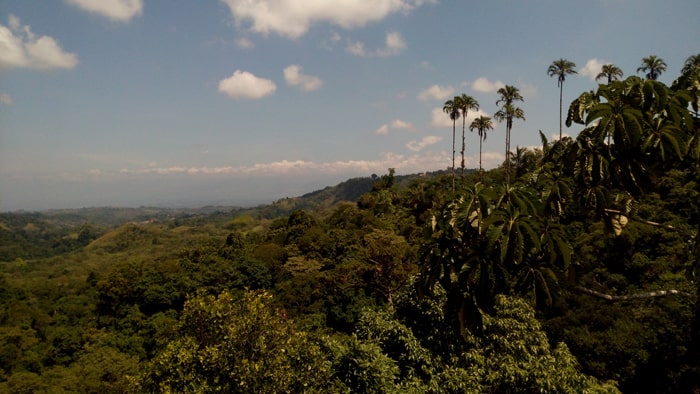As climate change intensifies, rural communities across Costa Rica are taking concrete steps to reduce risks and adapt to increasing climate pressures. With support from the international program “Scaling Up Ecosystem-Based Adaptation Measures in Rural Latin America” (EbA LAC), Costa Rica is integrating ecosystem-based adaptation into local and national planning frameworks.
Between 1980 and 2017, more than 1.3 million people in Costa Rica—over 20% of the national population—were affected by extreme weather events. If this trend continues, projections from the Comptroller General’s Office warn that repair and reconstruction costs could reach as high as 2.5% of the country’s GDP.
To address this, the EbA LAC program—implemented by GIZ with support from MINAE, IUCN, and CATIE—has worked over the past two years to help Costa Rican institutions and communities plan for sustainable, climate-resilient rural development. The approach focuses on conserving and restoring ecosystems to reduce vulnerability to climate-related hazards such as floods, droughts, and erosion.
The program has provided technical support, training, and financial tools to help local governments and civil society incorporate adaptation into their work plans. To date, more than 12,800 land users across 3,900 hectares have adopted EbA practices. The Costa Rican Development Bank has earmarked $10 million for agriculture and livestock projects and another $2 million for tourism ventures that incorporate ecosystem-based methods.
One of the most visible outcomes is the integration of EbA into three key planning documents: the National Territorial Rural Development Plan (PNDRT) 2024–2030, the Climate Change Adaptation Plan for the canton of Pococí 2025–2030, and the Sarapiquí Territorial Rural Development Plan 2026–2031.
In Pococí, a new biological corridor project called “La Suerte–Desenredo” is helping restore ecological connectivity in one of the country’s most climate-vulnerable regions. Local organizations and institutions have used EbA tools to align water management, tourism, and agricultural activities with long-term environmental sustainability.
Public awareness is also growing. In 2024, the AdaptACTIVA fair highlighted over 25 rural entrepreneurs from northern Costa Rica using EbA strategies such as green business models, bio-input production, and nature-based tourism.
With the EbA LAC program continuing through 2025, Costa Rica is positioning its rural territories as a front line in climate adaptation—showing how ecosystem health and local development can move forward together.

